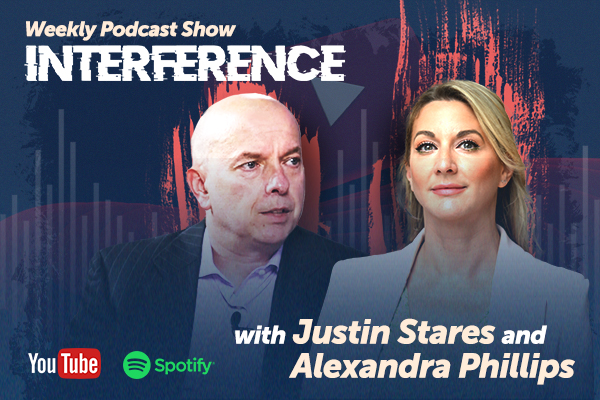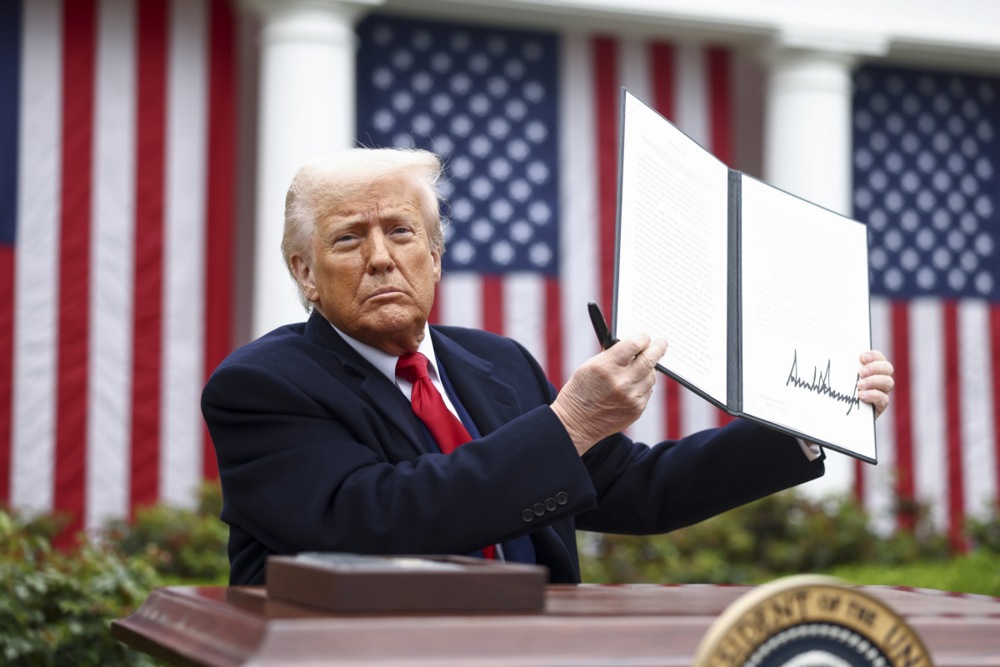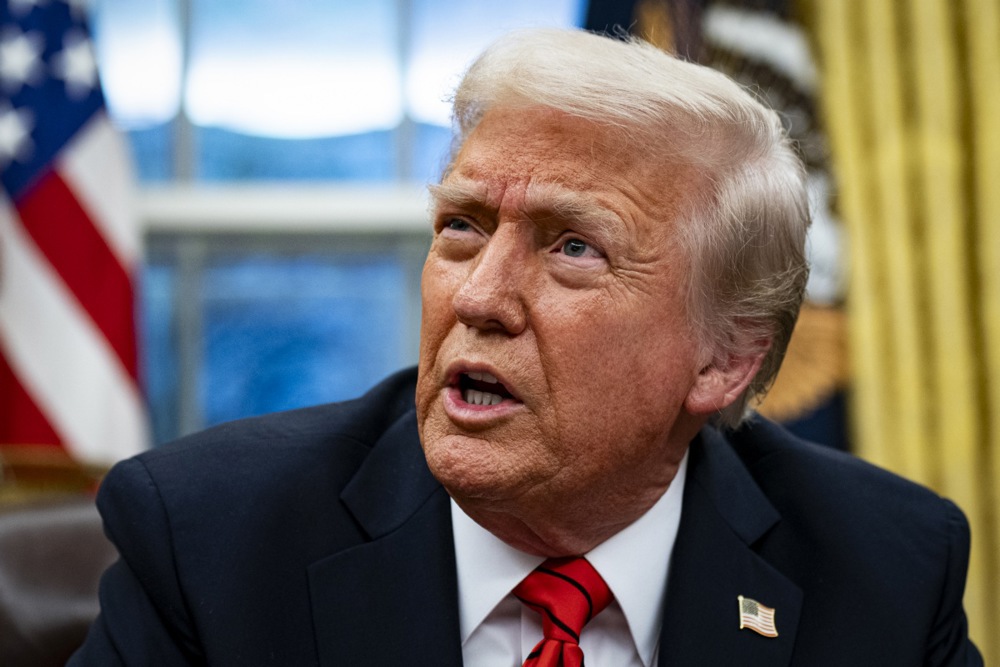US President Donald Trump’s swift “reciprocal” tariffs will now face legal scrutiny, raising questions both about the rapid tariffs and the slow-moving reality of trade deals.
Trump imposed 20 per cent tariffs April 2 on a wide range of imports from each of the US’s trade partners, citing “unfair” trade practices, digital and regulatory barriers excluding the US, and “national security threats”.
The president took these measures without congressional involvement, using the International Emergency Economic Powers Act (IEEPA), never before used to impose tariffs.
Seven lawsuits now challenge whether that law can legally support such a move.
“This is a very unique situation, and the answers are not necessarily clear,” Bryan Riley, a trade economist at the National Taxpayers Union Foundation, told Brussels Signal May 19.
“There seems to be a view that the US-EU trade deficit is a problem, as opposed to specific trade barriers. It is not clear how that issue can be easily addressed,” Riley added.
The EU had already offered a deal to eliminate most industrial tariffs, a revival of past proposals under the former Transatlantic Trade and Investment Partnership (TTIP), he said.
But the US appeared uninterested in the proposal.
“For example, the EU has reportedly offered to eliminate most industrial tariffs in a zero-for-zero deal, but the US does not appear to be interested in that type of deal,” Riley said.
Even if it was interested, reaching an agreement would not be quick.
“This is a lot of work,” US Commerce Secretary Howard Lutnick told Bloomberg earlier in May.
“When you talk about India, it’s probably 7,000 lines” of tariffs to be changed or modified under a hypothetical agreement. “It just takes time, and it just takes work — so give us a chance, don’t be pushing and rushing,” Lutnick said.
Lutnick, who has a lead role in negotiations, said some early agreements could serve as templates for broader regional deals.
But he also made clear Trump’s 10 per cent baseline tariff is “a bottom line,” and higher rates would apply unless countries open their economies.
The UK deal, Lutnick added, shows sector-specific tariffs, including on automobiles and metals, could be lifted where national security concerns are addressed.
As reported earlier, even limited sectoral agreements have proven difficult.
Everett Eissenstat, National Economic Council deputy director during Trump’s first term, told Brussels Signal the use of IEEPA in this way was historically unusual.
“Historically, tariff negotiations have been multilateral, under frameworks like GATT and the WTO, which the US helped shape. Imposing them unilaterally is legally and practically challenging,” he said.
That challenge is now playing out in court.
The most advanced case is V.O.S. Selections, Inc. v. Trump, currently before the US Court of International Trade, which held a first hearing May 13.
According to those involved in the lawsuits, the legal core of the debate is whether IEEPA — which allows the president to “regulate imports” during a national emergency — also permits imposition of tariffs.
The statute has traditionally been used to freeze assets or block certain foreign transactions, not to set broad-based duties on trading partners.
Professor Michael McConnell, director of Stanford’s constitutional law centre, wrote, “IEEPA does not contain any reference to a power to impose, raise, withdraw, or alter tariffs or any other taxes.”
The precedent cited by the administration dates back to 1971, when President Nixon imposed a temporary 10 per cent tariff surcharge under the Trading With the Enemy Act (TWEA).
That move was contested in court and prompted Congress to pass the Trade Act of 1974, which authorised specific presidential tariff actions, capped at 15 per cent and limited to 150 days, but under clear conditions.
IEEPA, enacted later, does not mention tariffs and was never used for this purpose until Trump.
As it stands, the current tariffs could be paused or lifted at the president’s discretion.
“Since those were all imposed by executive action, Congress would not need to be involved” to pause them, one official familiar with the matter told Brussels Signal.
However, any long-term agreement, such as eliminating the US’s existing 2.5 per cent tariff on cars, would likely require congressional approval.
This distinction matters. Deals reached without Congress are not permanent, and future administrations can reverse them.
President Biden left most of Trump’s China tariffs in place and replaced steel tariffs on the EU with quotas. “Most deals would likely not be permanent, and would be subject to change by President Trump or future administrations,” Riley said.
Meanwhile, the EU has signalled its own red lines.
“Our European standards on food, health, social, environmental are red lines and certainly not adjustment variables,” explained Belgian MEP and Les Engagés party president Yvan Verougstraete to Brussels Signal in April.
Brussels has also announced it will defend its €700 million in fines on Apple and Meta, measures cited by Trump as typical examples of “non-tariff barriers”, and which the EU continued to take after the announcement of the “reciprocal” duties.
On May 15, the Foreign Affairs Council (Trade) confirmed countermeasures remain on the table, with the European Commission now preparing a response targeting up to €100 billion worth of American exports.
Products under consideration include large aircraft, soybeans, whiskey, machinery, and chemicals, echoing past retaliation lists.
The Commission has not published a final list, but was expected to draw heavily from sectors with strategic or political weight in the US.





